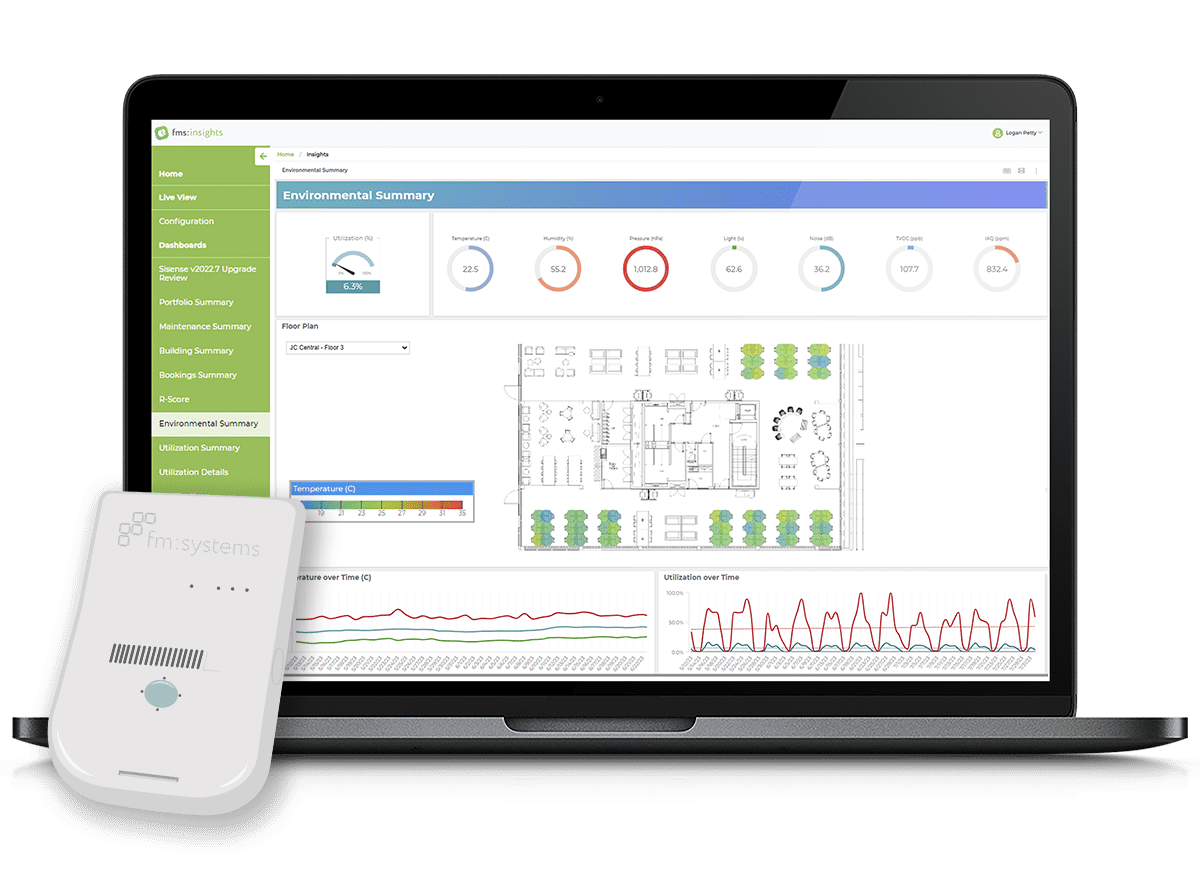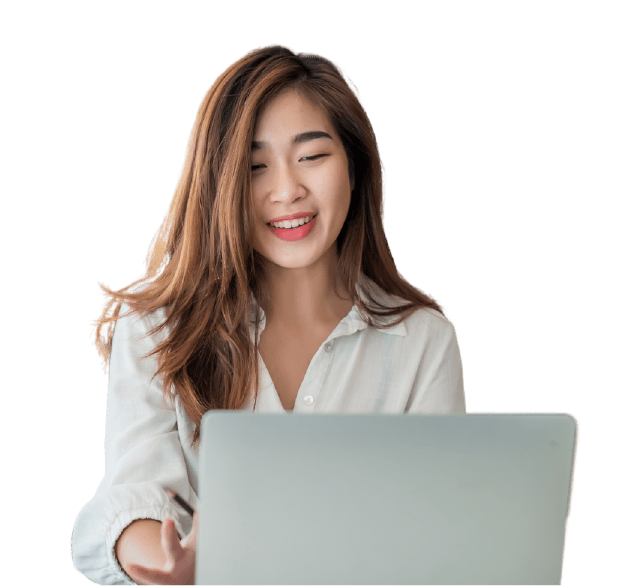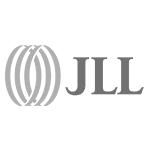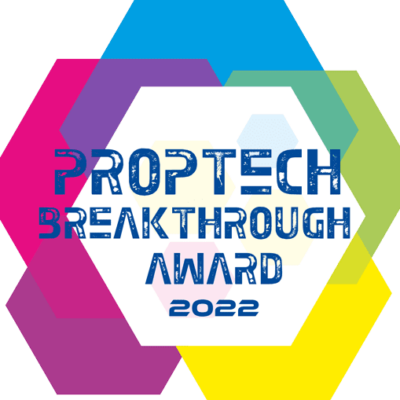Environmental Sensors
What Are Environmental Sensors?
FM:Systems’ Workplace Occupancy & Environmental Sensor platform unifies occupancy and environmental data to provide organizations with the information needed to make educated and cost-effective decisions about their workplace. Our environmental sensors identify energy consumption and wellness risks revealing opportunities to reduce costs, eliminate waste, and improve the employee experience.
Learn more about the importance of employee wellness in our blog 7 Components of an Employee-centric Workplace.
What Are Environmental Sensors?
FM:Systems’ Workplace Occupancy & Environmental Sensor platform unifies occupancy and environmental data to provide organizations with the information needed to make educated and cost-effective decisions about their workplace. Our environmental sensors identify energy consumption and wellness risks revealing opportunities to reduce costs, eliminate waste, and improve the employee experience.
Learn more about the importance of employee wellness in our blog 7 Components of an Employee-centric Workplace.



Environmental Sensors Improve Overall Employee Experience
With access to real-time, objective data on key environmental factors, you can dramatically improve the overall comfort and wellness of your employees while simultaneously boosting their performance.
The importance of CO2 Concentrations
Healthy CO2 concentrations for an occupied indoor space falls in the range of 350-1,000 parts per million (ppm). CO2 concentrations over 1,000 ppm may cause drowsiness and headaches leading to poor concentration and loss of attention.
Workspaces are often too bright
A study conducted by the American Society of Interior Designers showed that 68% of employees were dissatisfied about the lighting situation in their offices. An illuminance between 500 and 1000 Lux for a computer workstation is considered ideal. Replacing overhead lights with task lights closer to desks can reduce energy consumption by 67%.
Humidity and Increased Sick Days
Low-humidity work environments increase employee susceptibility to colds and other respiratory illnesses. High quality indoor air should have a humidity between 30% and 60%.
Create a Productive Work Environment With Environmental Sensors



With real-time environmental data, you can automate energy usage, identify areas of over-consumption, and support employee health and comfort by monitoring work environment factors to meet LEED and WELL Building standards. Visibility to environmental factors such as temperature and noise help employees choose a workspace that suits their work style and current task, improving employee productivity and satisfaction.
- Environmental sensors monitor temperature, humidity, light, noise, air pressure, and air quality
- Option to connect to Building Management (BMS) or Building Automation Systems (BAS) for automated, on demand energy delivery
- Anonymous and unobtrusive
- FCC/CE certified with options for global expansion
- Network independent, so no IT involvement required
Increase Energy Efficiency & Reduce Energy Costs
- Increase building efficiency to dramatically reduce energy costs
- Automate energy usage with BMS and BAS integrations
- Reduce carbon footprint by allocating HVAC and lighting based on actual, real-time demand reports
- Work environment monitoring to meet LEED and WELL Building standards



Increase Energy Efficiency & Reduce Energy Costs
- Increase building efficiency to dramatically reduce energy costs
- Automate energy usage with BMS and BAS integrations
- Reduce carbon footprint by allocating HVAC and lighting based on actual, real-time demand reports
- Work environment monitoring to meet LEED and WELL Building standards
clients
say
– Marshall Elliott, Learning Center Coordinator, Sutter Health
Build an ever-ready strategy
Find out why our 1,200+ customers around the globe can enjoy the strength of a single best-in-class solution – or unlock the power of our fully-integrated platform – to address their most pressing challenges today, tomorrow and 100 years from now.
















